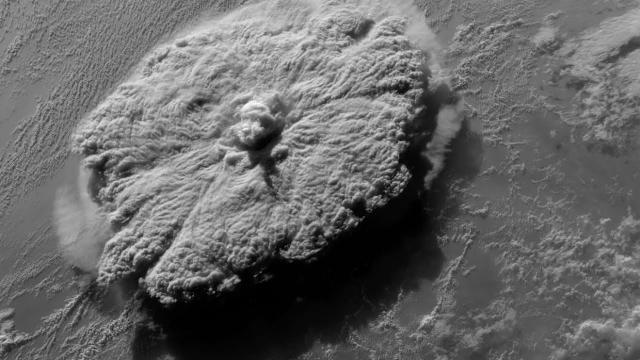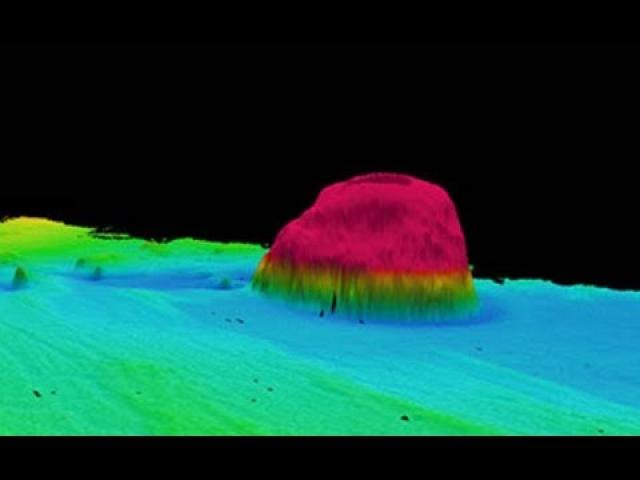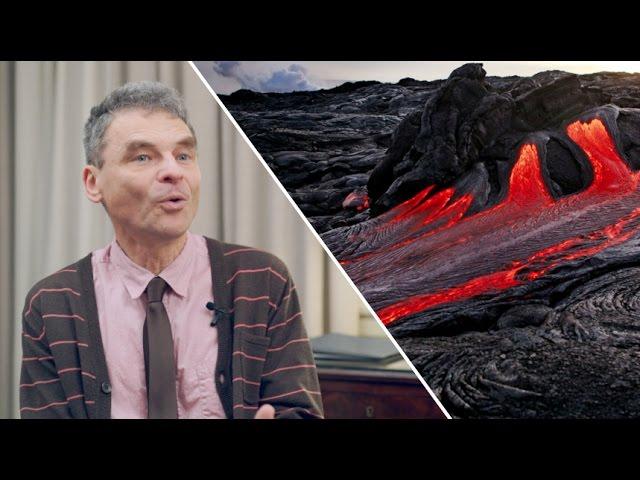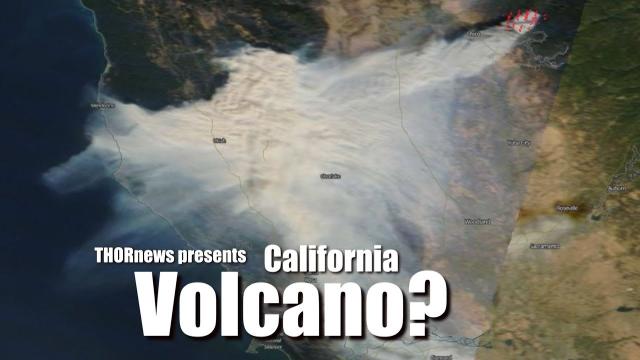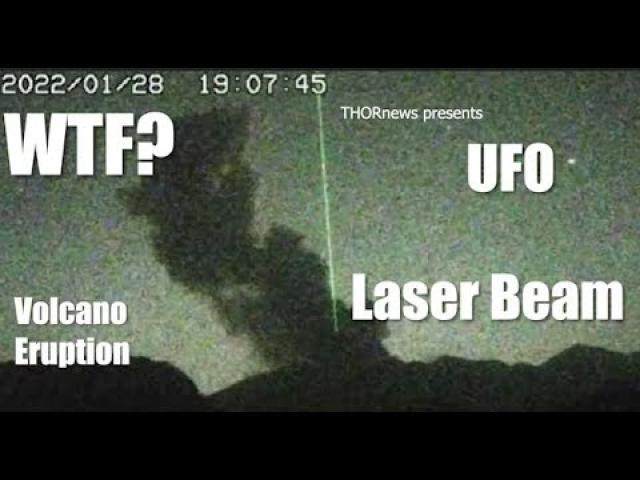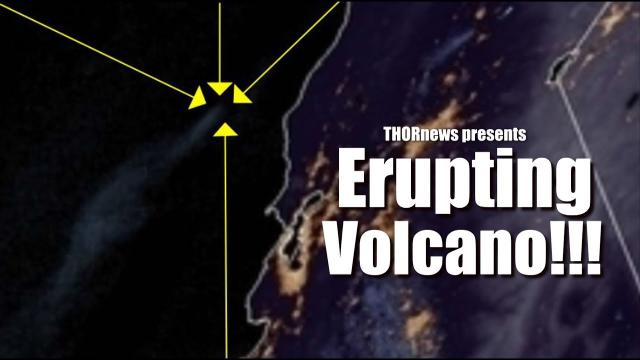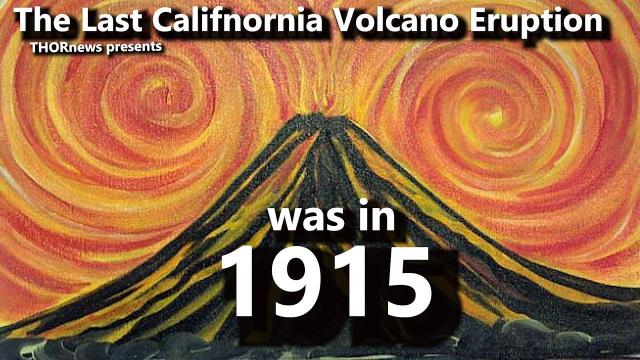Eruption possible as California supervolcano hiding cubic 240 miles of magma
Description
This is fascinating.
God bless everyone,
T
https://www.paypal.me/THORnews
Tshirts
https://hitthebuttonbaby.com/
THORNEWS
PO BOX 35946
HOUSTON TEXAS
77235-5946
article
https://www.sfgate.com/news/article/California-supervolcano-magma-Long-Valley-Caldera-13153657.php#photo-14610783
California supervolcano discovered to be hiding 240 cubic miles of magma
Scientists have discovered 240 cubic miles of semi-molten magma below the Long Valley Caldera, a supervolcano in eastern California near Mammoth Mountain.
The long-dormant supervolcano is currently a 20-mile-long caldera, or a crater that forms after an eruption forces the mouth of a volcano to collapse. According to an August report published in the scientific journal Geology, the semi-molten magma found could lead to possible eruptions.
The supervolcano erupted 760,000 years ago and blanketed land within a 30-mile radius in hot ash. Volcanic material from the eruption was even detected in Nebraska, but the volcano has been dormant for the last 100,000 years.
Fortunately, scientists do not believe that an eruption of that scale will occur anytime in the near future, since just 27 percent of the magma underneath the crater is liquid.
Media: Katie Wood/SFGATE
"We estimate the reservoir currently contains enough melt to support another super-eruption comparable in size to the caldera-forming eruption [760,000 years ago]," the report's conclusion reads. "However, this volume and a relatively high melt fraction in no way ensures that the magma is eruptible."
However, the report notes the magma in certain regions of the volcano is near the 50 percent threshold required for eruptions, meaning that normal-sized eruptions are certainly a possibility.
The team of scientists who published the report created a 3D image of the inside of the crater by using seismic data from the past 26 years.
Over the past 40 years, scientists have observed a gradual uplift at the center of the caldera, and the report concedes that there is no conclusive answer to this phenomenon.
"Despite 40 years of diverse investigations, the presence of large volumes of melt in Long Valley's magma reservoir remain unresolved," the report states.

